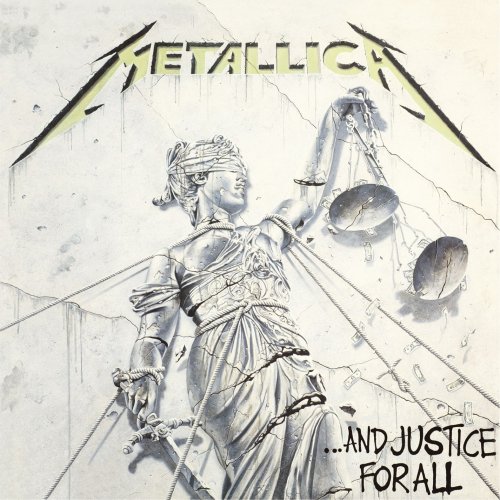You can listen to Weezer’s Blue Album on iTunes, Spotify, Tidal, YouTube, and Amazon, although it’s probably best on vinyl.
Podcast: Play in new window | Download
Subscribe: RSS
Tag: Weezer
You can listen to Weezer’s Blue Album on iTunes, Spotify, Tidal, YouTube, and Amazon, although it’s probably best on vinyl.

Podcast: Play in new window | Download
Subscribe: RSS
“And I said baby … it’s 3 a.m., I must be lonely.” If you were anywhere within earshot of a radio or MTV in the mid-to-late 1990s, that little slice of earworm was no doubt getting stuck in your head. The culprits? Rob Thomas and his band mates in Matchbox Twenty, whose debut album, “Yourself or Someone Like You,” took pop radio by storm. Hits like the aforementioned “3AM,” “Push,” “Real World” and more pushed the sales of this album upwards of MILLIONS of copies. (It sold just over 600 copies in its first week; today, it has sold more than 15 million.) And while the songs (and the band) may get dissed nowadays for being too vanilla, you can’t deny the pop sensibilities of Thomas, who not only as a golden voice, but also a golden ear for hit-making music. (As we would, unfortunately, find out when he gets introduced to one Carlos Santana.) Is “Yourself” a classic album? Depends on your definition of “classic.” But you can’t deny that many of these songs are just so damn catchy. And isn’t that sometimes good enough?
You can listen to Yourself Or Someone Like You by Matchbox Twenty on iTunes, Spotify, Tidal, YouTube, and Amazon.

Podcast: Play in new window | Download
Subscribe: RSS
You can buy or stream Fun & Games by The Connells online at iTunes, Spotify, YouTube, and Amazon.

Podcast: Play in new window | Download
Subscribe: RSS
You can buy or stream …And Justice For All by Metallica online at iTunes, Spotify, YouTube, and Amazon.

Podcast: Play in new window | Download
Subscribe: RSS
You couldn’t get away from Radiohead’s radio hit “Creep” when it was released on the world in 1992-93. Not even the band could escape the clutches of such a megahit. So they did what any self-respecting band – a band inspired by the DIY ethos the likes of R.E.M. – would do with their next album, which was released in 1995. “The Bends,” the follow-up to “Pablo Honey,” is a tour de force album that 25 years later holds up as perhaps one of the most complete and wonderful albums of all time. The guitar virtuosity of Jonny Greenwood is complemented by the paranoid vocals of Thom Yorke. Oh, and the rest of the band is pretty freaking incredible, too. If people came listening for the next “Creep,” they were sorely mistaken. And thank God for that.
You can buy or stream The Bends by Radiohead online at iTunes, Spotify, YouTube, and Amazon.

Podcast: Play in new window | Download
Subscribe: RSS
When The Beatles returned to Abbey Road to record their sixth album, they were exhausted from constant touring and releasing at a pace of two albums a year. They also had virtually no songs prepared. But when it was completed, their sixth album was Rubber Soul, arguably the first actual album, not just a collection of songs. This was the turning point; it’s the album that bridges the British Invasion Beatles to Revolver and Sgt. Pepper. It’s the album that turned the music world on its rear, forcing the band’s rivals and contemporaries like the Beach Boys and Rolling Stones to step up their games. In essence, with Rubber Soul, the Beatles were just getting started.
You can buy or stream Rubber Soul by the Beatles online at iTunes, Spotify, YouTube, and Amazon.

Podcast: Play in new window | Download
Subscribe: RSS
Thirty years after it was released, “Disintegration” by The Cure remains a Goth masterpiece. It was Robert Smith’s answer to critics that his band (and, let’s be clear: it was HIS band) could still do moody, dark epics as well or better than anyone. No one was a bigger critic of Robert Smith than himself. So he brought it. It’s all there in its “Cure-iness.” Simon Gallup’s bass is the omnipresent driving low-end of the album. But it’s Smith’s lyrics about creepy lullabies, red-light districts, spidermen and, yes, even love that make “Disintegration” the masterpiece it remains today.

You can buy or stream Disintegration by The Cure online at iTunes, Spotify, YouTube, and Amazon.

Podcast: Play in new window | Download
Subscribe: RSS
How does a band reach the pinnacle of both commercial and critical success, dominate the airwaves for a handful of years, only to disintegrate into the ether? That’s probably the question that has haunted the members of Līve for two decades now. The band’s second major album, “Throwing Copper,” was omnipresent on both pop and alternative radio. The video for “Lightning Crashes” was an MTV staple. And then? Poof! After some 8 million albums sold (and a couple of moderately successful follow-ups), they were seemingly gone from the radar. (It could have to do with the fact that in this Google/SEO world, the name “Līve” does not render easily on search engines. Shoulda thought that through, boys!) It’s a shame, really. “Throwing Copper” is everything good about quintessential 90s rock, highlighted by singer Ed Kowalczyk’s mystical/nebulous lyrics.
You can buy or stream Throwing Copper by Live online at iTunes, Spotify, YouTube, and Amazon.

Podcast: Play in new window | Download
Subscribe: RSS
Green Day’s “Dookie” brought punk rock to the masses in the mid-90s — yet resulted in the band being ostracized from the punk community due to its mainstream success. It transcends punk rock, and 25 years later this album is still full of fist-pumping hits like “When I Come Around,” “Longview,” “Welcome to Paradise” and more.
You can buy or stream Dookie by Green Day online at iTunes, Spotify, YouTube, and Amazon.

Podcast: Play in new window | Download
Subscribe: RSS